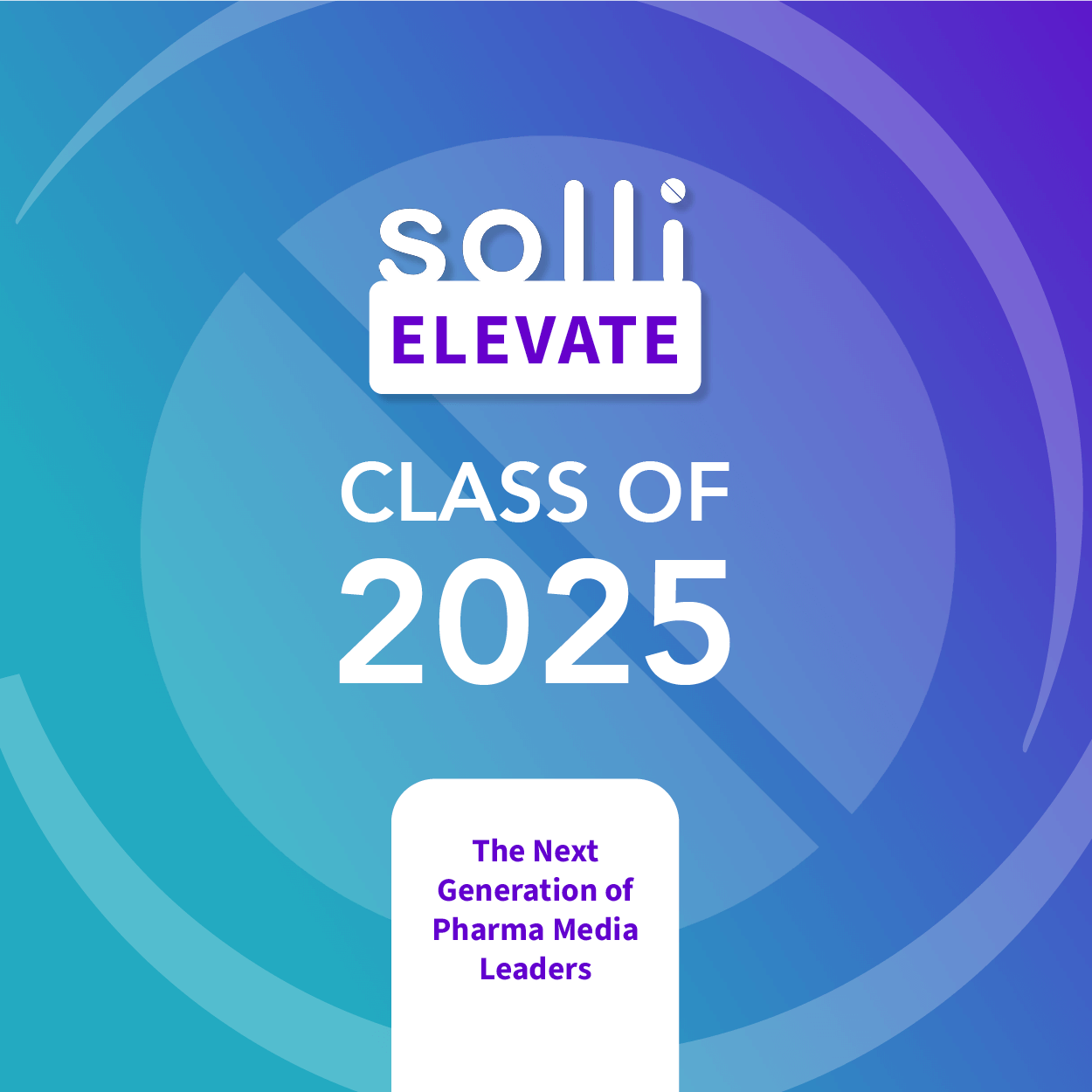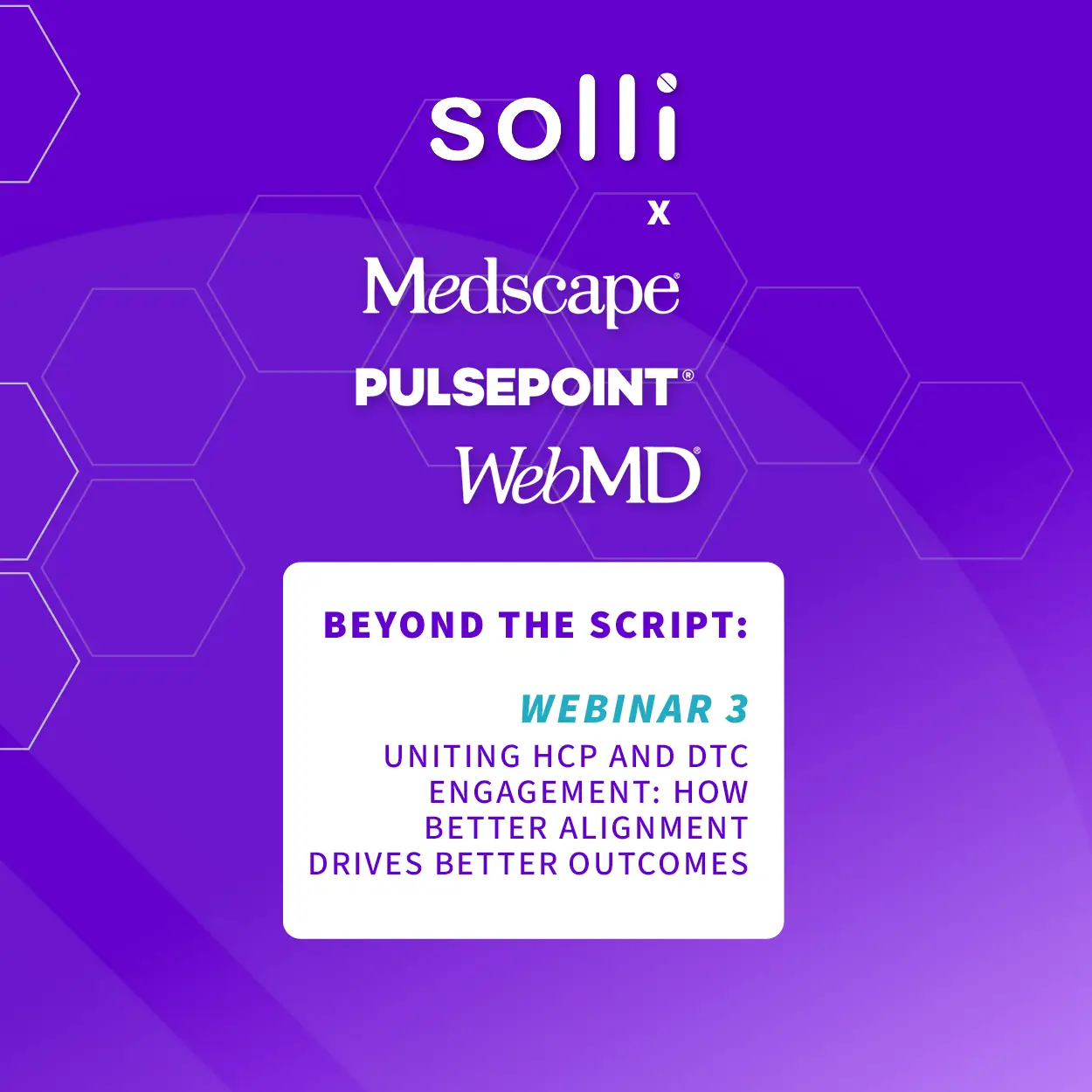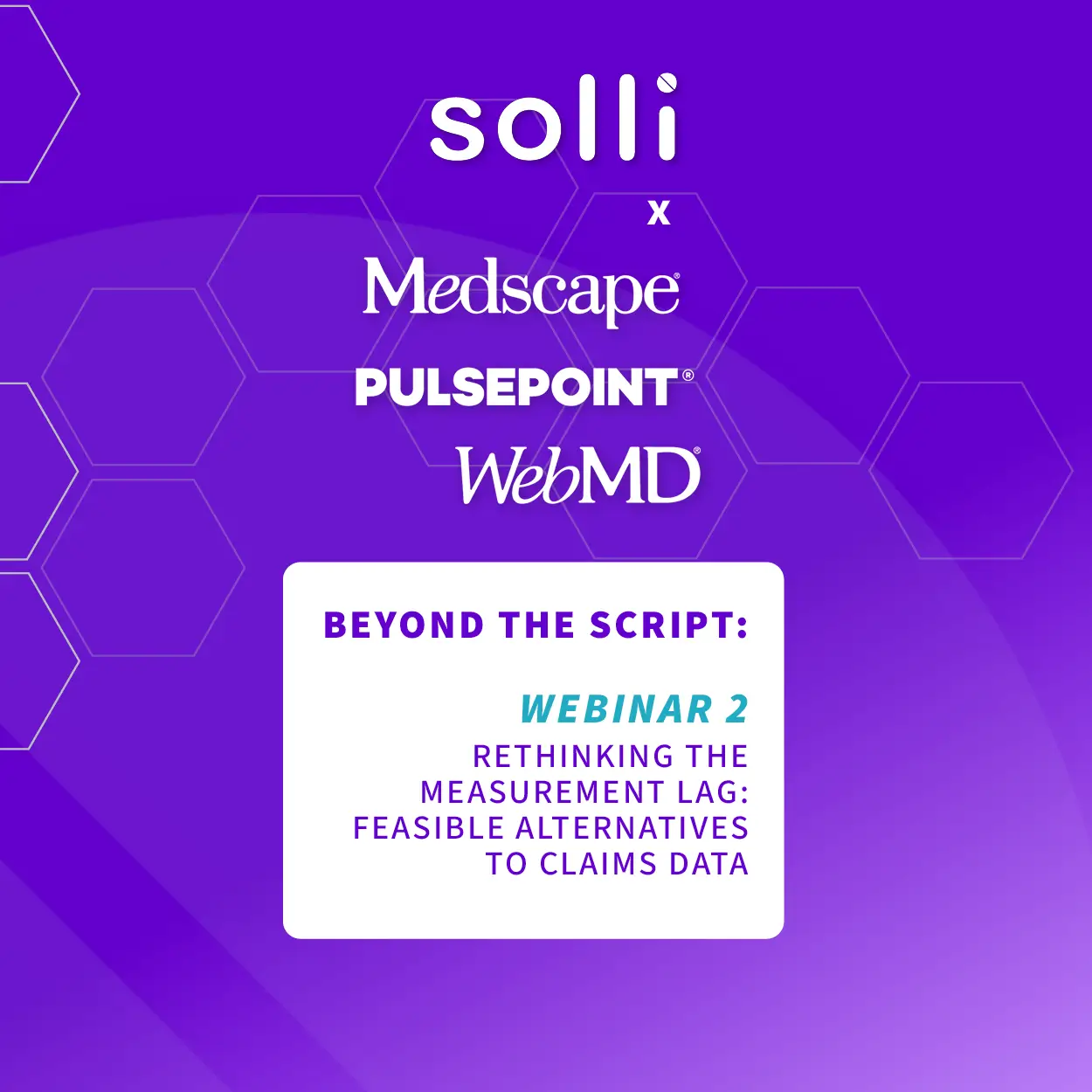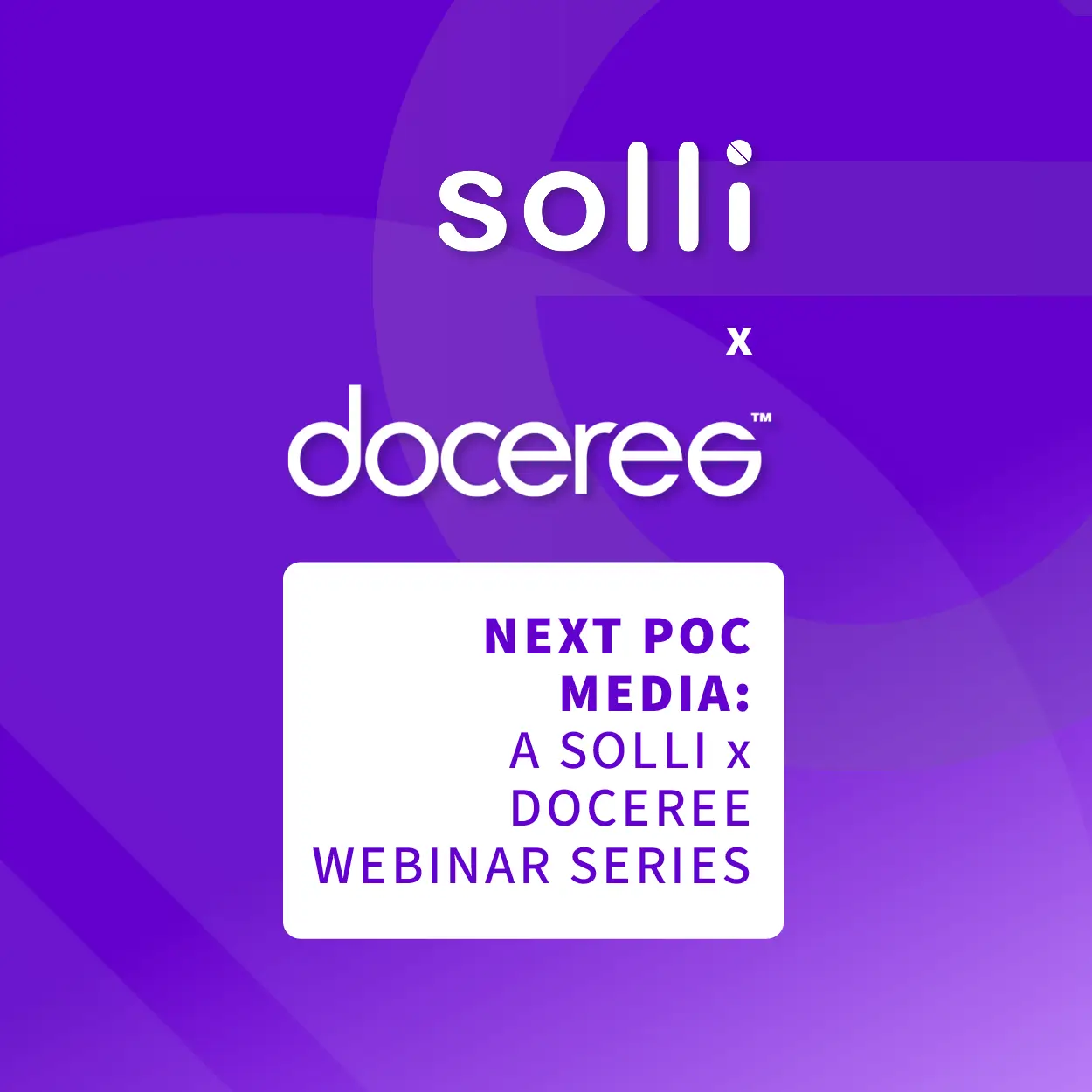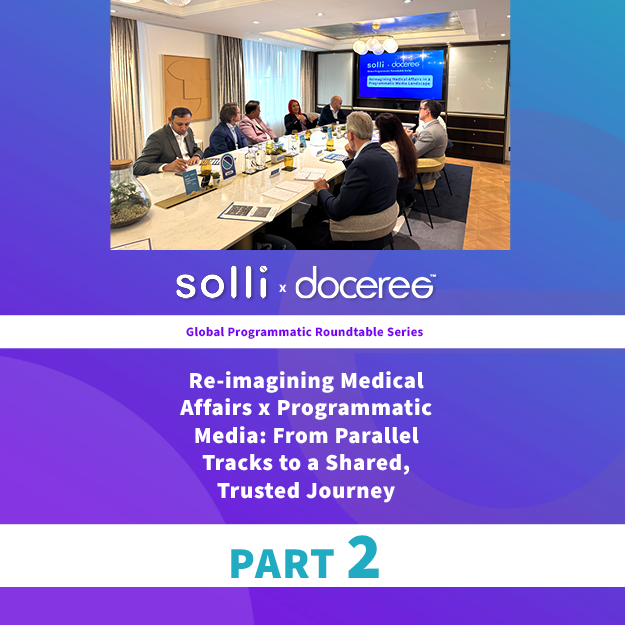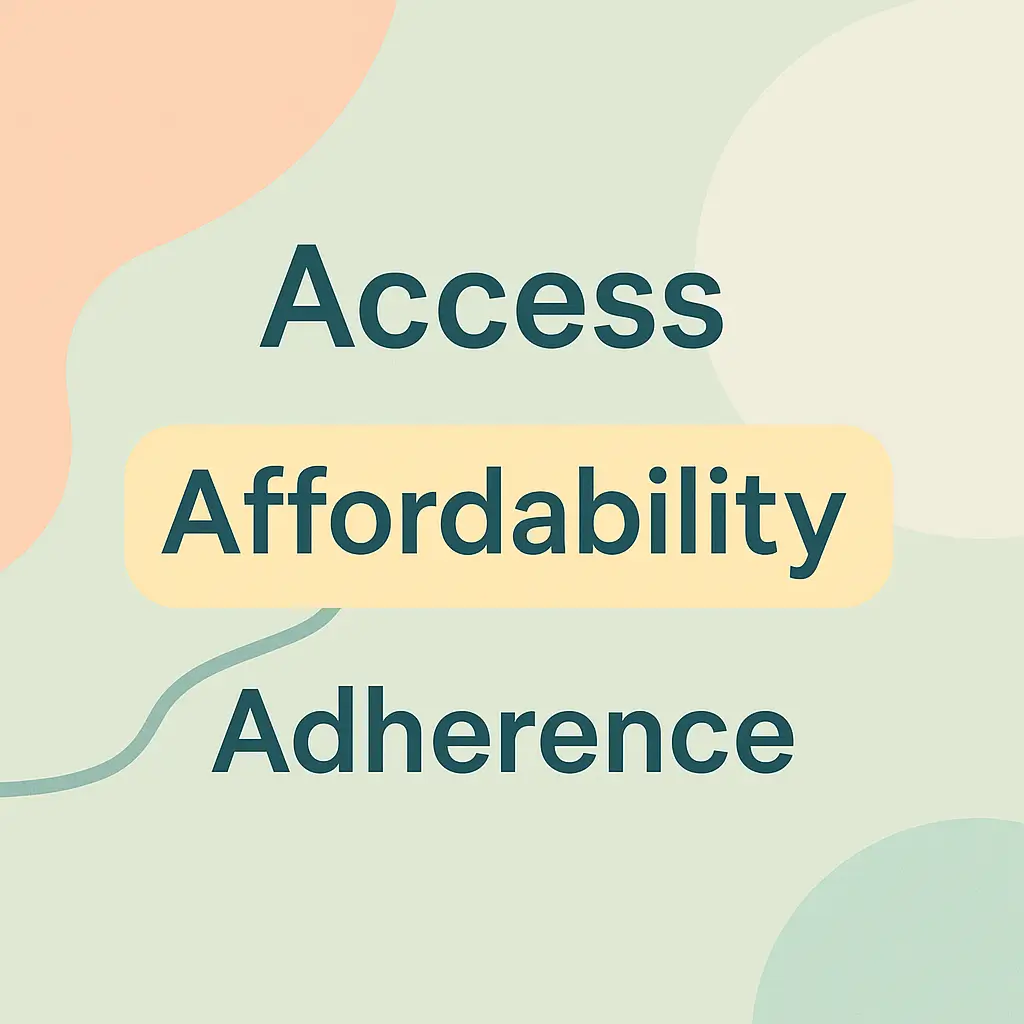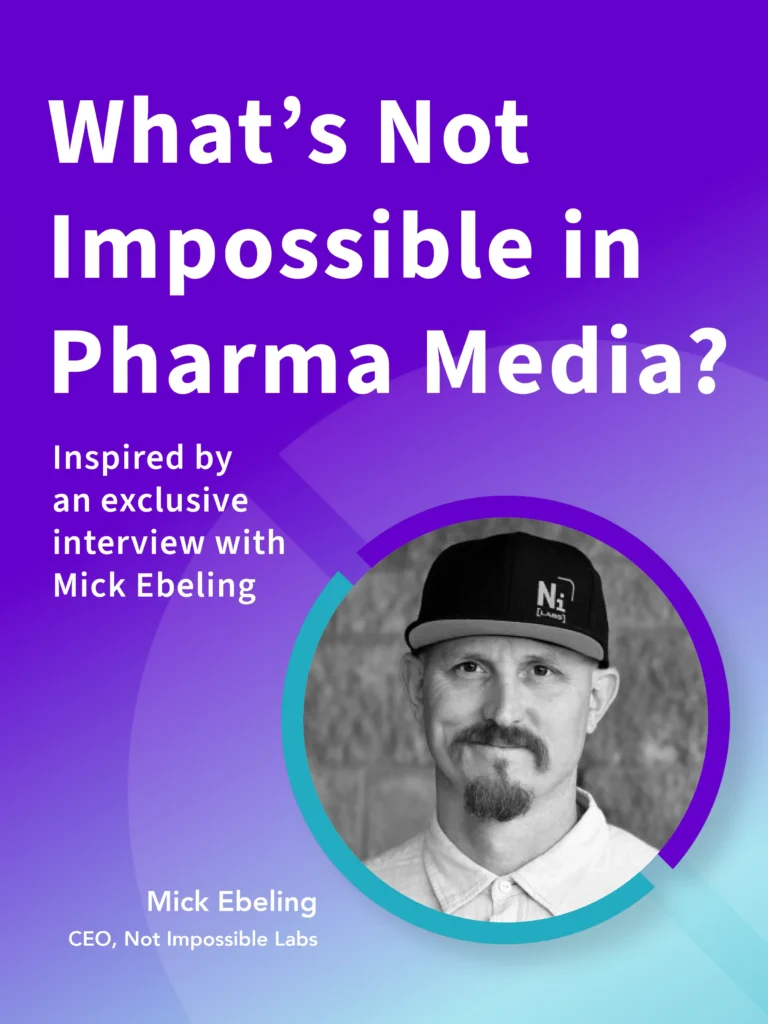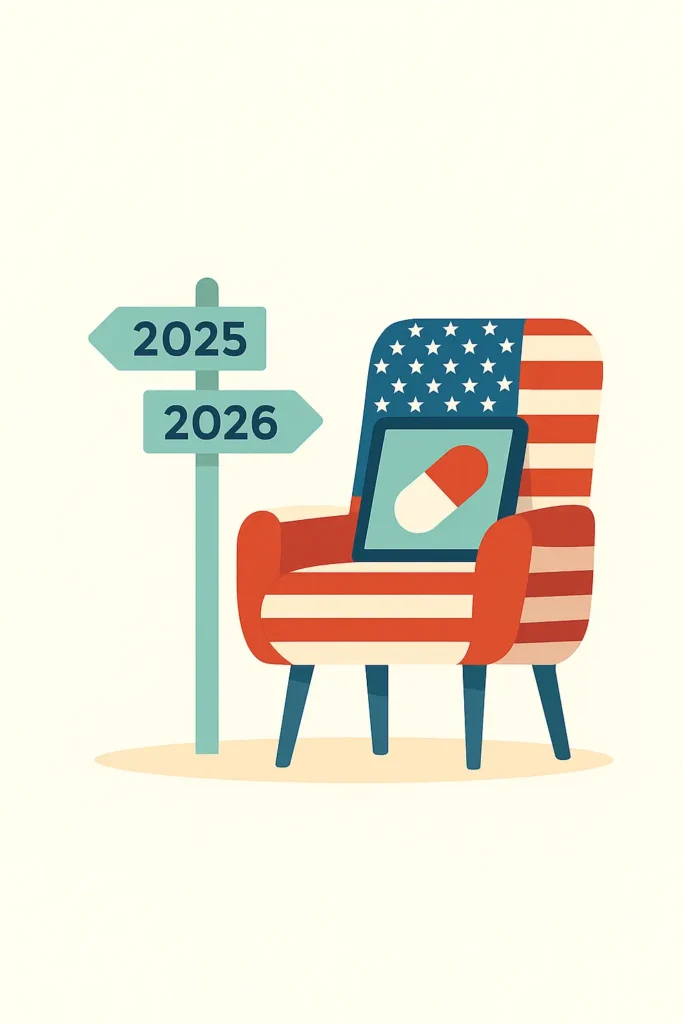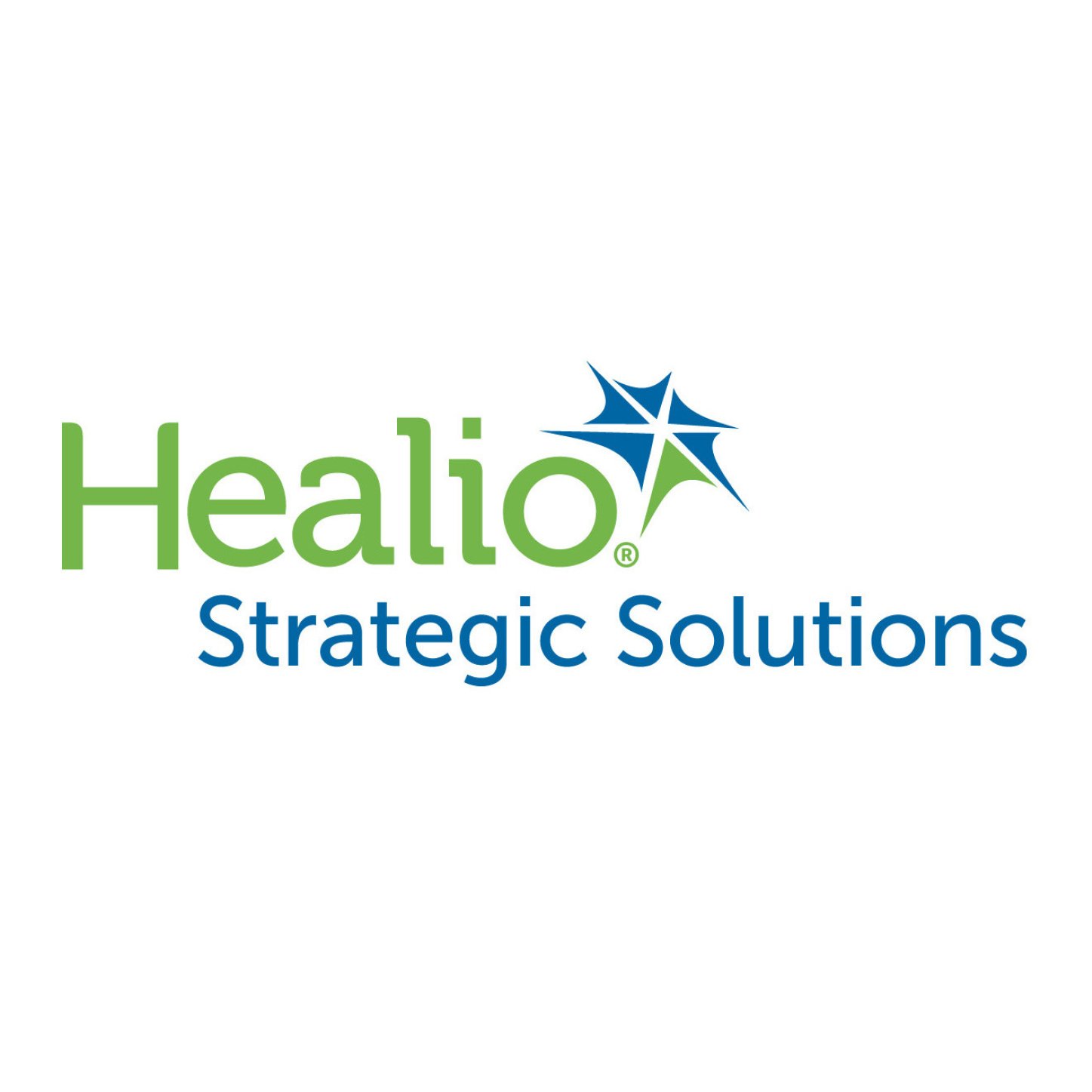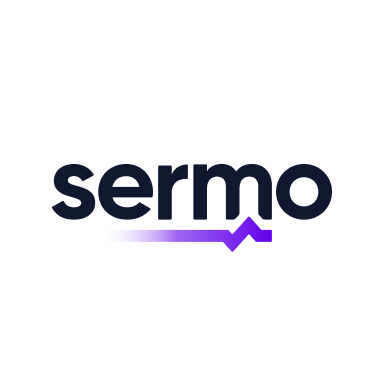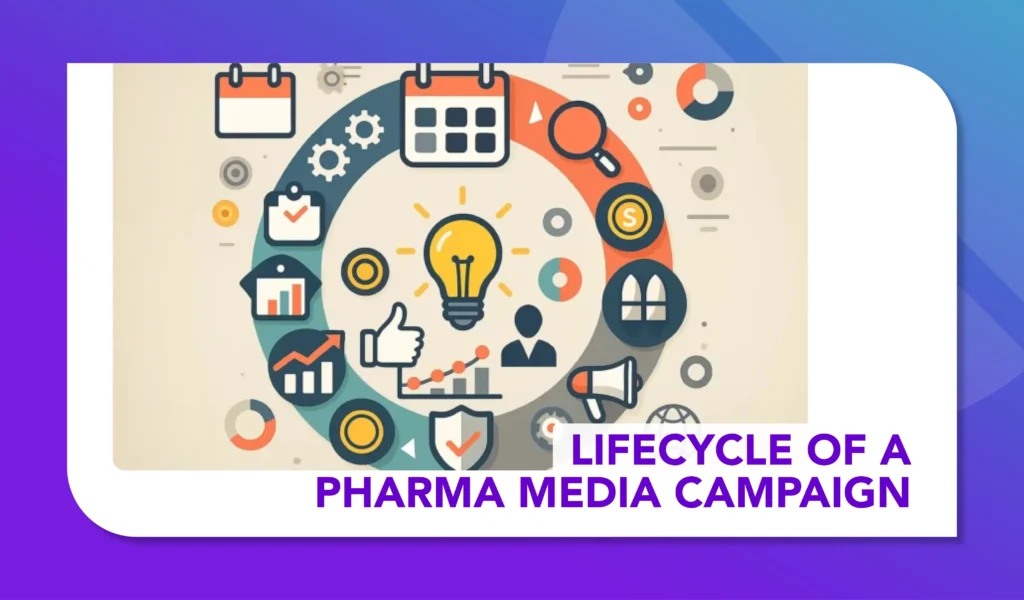Nielsen’s Global Black Audiences Report: A summary for solli
Charlene Polite Corley writes a summary piece for solli on the opportunities for embracing diversity among global black audiences
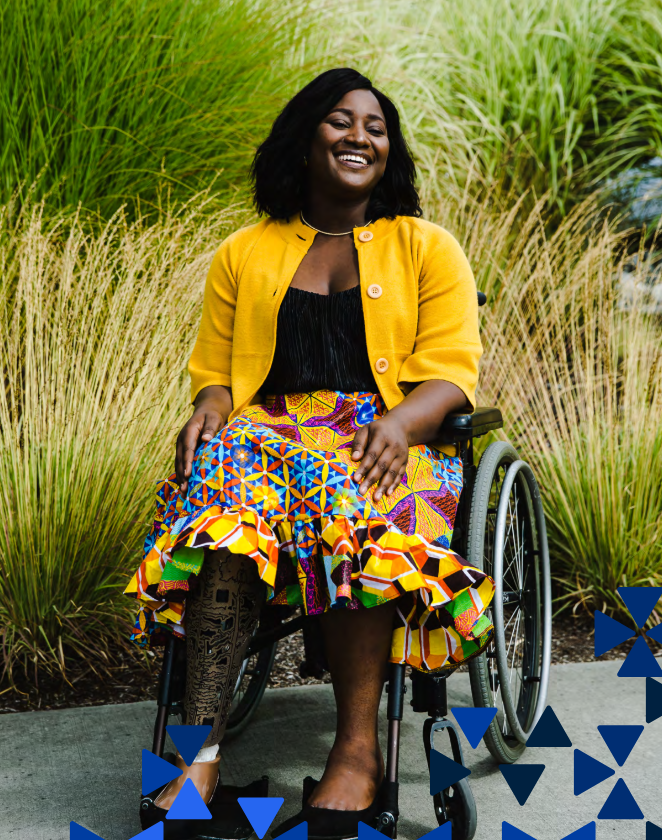
I recently had the pleasure of discussing with Solli the pivotal role of media in advancing diversity, particularly through the lens of the global pharmaceutical industry and its opportunity to support health literacy, access, and outcomes through inclusive media and brand practices.
Inspired by our conversation, I wanted to adapt and share a summary of our Nielsen Diverse Intelligence Series report ‘The global Black audience: Shaping the future of media.’ This adaptation gives an overview for the solli audience to support the development of impactful media campaigns that resonate with diverse Black communities within the US and worldwide.
- Media Engagement and Consumption Patterns
- Content is key to Black American culture and this demographic stands out for their media consumption, with over 81 hours weekly to various media types—substantially more than the overall U.S. average of 69 hours a week.
- The shift towards digital platforms is notable, with a significant percentage of U.S. Black households transitioning to TV set ups that rely primarily on broadband internet connection versus solely on traditional cable subscription or broadcast channels. From 2019 to 2023, these broadband households surged nearly threefold, indicating a growing preference for low barrier streaming services, smaller subscriptions and digital content.
- Consumption patterns and preferences will continue to shift within Black American audiences as global influences continue to impact both the population, the African-born population is now on par with the Carribean-born population within the U.S., and media choices as this digital era continues to enable the export and import of diverse content.
- Economic Power and Media Influence
- The Black community in the U.S. wields considerable economic influence, with buying power projected to surpass US$2 trillion by 2026. This economic prowess underscores the importance of inclusive marketing strategies that position a brand as a community partner and advocate, not just a profit center.
- Black audiences are not just consumers but cultural influencers. The music, television shows, and digital content that resonate within these communities often set trends that transcend borders and demographics.
- An average of nearly 75% of Black audiences within the five countries included in our study (Brazil, Nigeria, U.S., U.K. and South Africa), agreed they were willing to cut ties with brands they feel do not value their community.

- Representation and Identity in Media
- Despite their significant media presence, Black audiences clearly demand more nuanced, diverse representation in content—from the storylines that are centered, the neighborhood setting, or hair type depicted for Black characters and talent.
- A substantial 67% of U.S. Black viewers feel that there isn’t enough content that reflects their identity group and an average of 43% strongly agreed in the five countries we surveyed.
- The diversity within Black communities and identities—encompassing African Americans, First Generation, foreign-born immigrants and more—add layers of complexity that pharmaceutical media campaigns must consider to connect authentically.
- Strategic Implications for Pharmaceutical Media Campaigns
- Understanding the nuanced media consumption habits and the diverse cultural identities within Black communities can help pharmaceutical companies design more effective health communication strategies. For instance, incorporating culturally relevant health messages—and messengers—into media content or digital platforms can increase engagement and trust.
- There’s a growing trend of personalized medicine and healthcare solutions aligning with the desire for personalized media content among Black audiences around the world.
- Pharmaceutical campaigns highlighting personalized healthcare, leveraging real patient stories and community-focused messaging, can resonate more deeply.
- Leveraging Global Insights for Local Impact
- In the global pharmaceutical media industry, understanding the cultural nuances, relevant histories, and media consumption behaviors of diverse Black audiences can significantly enhance the effectiveness of media campaigns.
- As Black communities continue to grow and influence global culture, pharmaceutical companies have the opportunity to lead with empathy, innovation, and inclusivity—transforming how health messages are communicated and received on a global scale.
Summary
Black audiences are not just shaping media trends; they are defining them. With unparalleled engagement across borders and growing economic power, Black consumers are a crucial audience to understand, engage, and listen to in global pharmaceutical media campaigns.
As brands evolve to meet the diverse needs of today’s global audience, understanding and integrating the cultural nuances of Black identity groups is essential.
Explore these insights and many more in the full Nielsen report and continue to inform your pharmaceutical brand’s inclusive and impactful media strategy
Charlene Polite Corley is VP, Diverse Insights & Partnerships at Nielsen, and the lead researcher of the report ‘The global Black audience: Shaping the future of media’. To read the full report click here.

